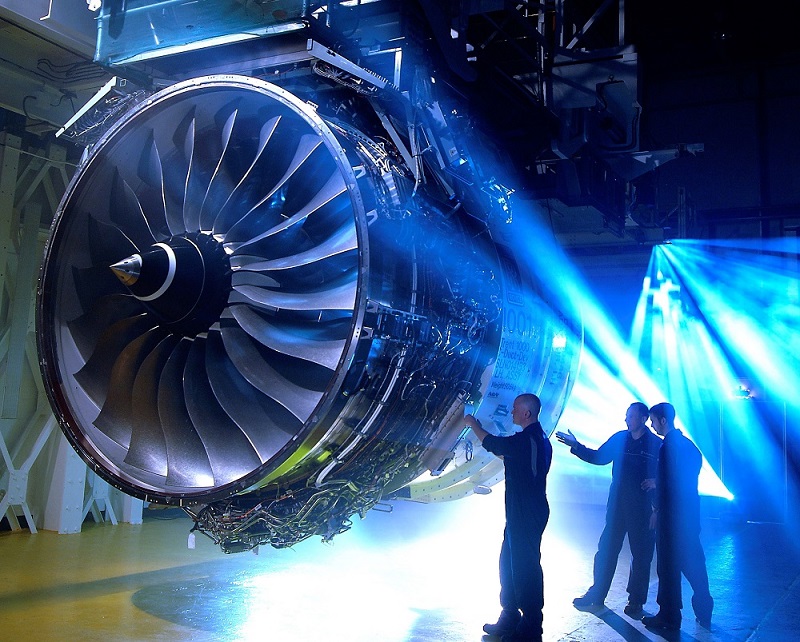Dreamliner engine problems prompt refueling stops
23 April, 2018
3 min read
By joining our newsletter, you agree to our Privacy Policy


Air New Zealand says it expects about 9000 customers to be affected by global Rolls-Royce engine problems this week as it grapples with weight restrictions that are converting non-stop services into one-stop flights.
The New Zealand carrier said the engine problem was affecting two key United States routes — Los Angeles and Houston — as well as services operating to and from Japan’s Haneda airport and a limited number of trans-Tasman and Pacific Island flights.
WATCH: World's scariest landing
All other services were operating as normal and the airline estimated the problem was likely to affect less than 3 percent of passengers traveling by Air New Zealand this week.
The FAA issued an airworthiness directive last week that lowered extended-range twin-engine operational standards (ETOPS) for Dreamliners fitted with Package C engines from 330 minutes to 140 minutes. ETOPS defines the maximum flying time the aircraft is allowed to be away from a suitable diversion airport.
READ: Airlines scramble to inspect CFM engines on some 737s
Rolls-Royce found that stage 2 blades in the intermediate pressure compressor have a resonant frequency that is excited by high airflow resulting from high thrust settings at certain temperature and altitude conditions. This can cause cumulative blade failure and an engine shutdown.
The FAA’s worry is that if one engine shut down, the remaining powerplant would operate at maximum continuous thrust for a prolonged period and create conditions that would increase the likelihood of the remaining engine failing. The problem is even more acute if the blades are already cracked.
The FAA's AD came after European safety regulator EASA required inspections of the engines and Air New Zealand was forced to ground two of its Dreamliners.
Now the weight restrictions mean some AirNZ Boeing 787-9 Dreamliner flights to Asian destinations may need to make refueling stops.
Chief Operational integrity and standards officer David Morgan said that some flights may not be able to depart with the required fuel load, although this depended on en-route weather conditions.
Over the weekend, AirNZ 787-9 flights made fuel stops at Sydney, Cairns, Darwi, and Guam.
“Having the flexibility to make a short fuel stop means we are more likely to be able to take a full contingent of customers and cargo,’’ Morgan said. “The alternative would see us potentially having to disappoint significant numbers of customers by moving them to later flights.
“We are committed to doing everything possible to avoid this, particularly during this busy school holiday travel period.
“The fuel stops take around an hour to complete and passengers must remain on board. Where possible the operating pilots will increase speed to make up time to achieve an arrival time at destination as close to schedule as possible.”
Customers who have a connecting flight booked on the same ticket, and who are likely to miss their connections would be rebooked on the next available connection.
Get the latest news and updates straight to your inbox
No spam, no hassle, no fuss, just airline news direct to you.
By joining our newsletter, you agree to our Privacy Policy
Find us on social media
Comments
No comments yet, be the first to write one.

